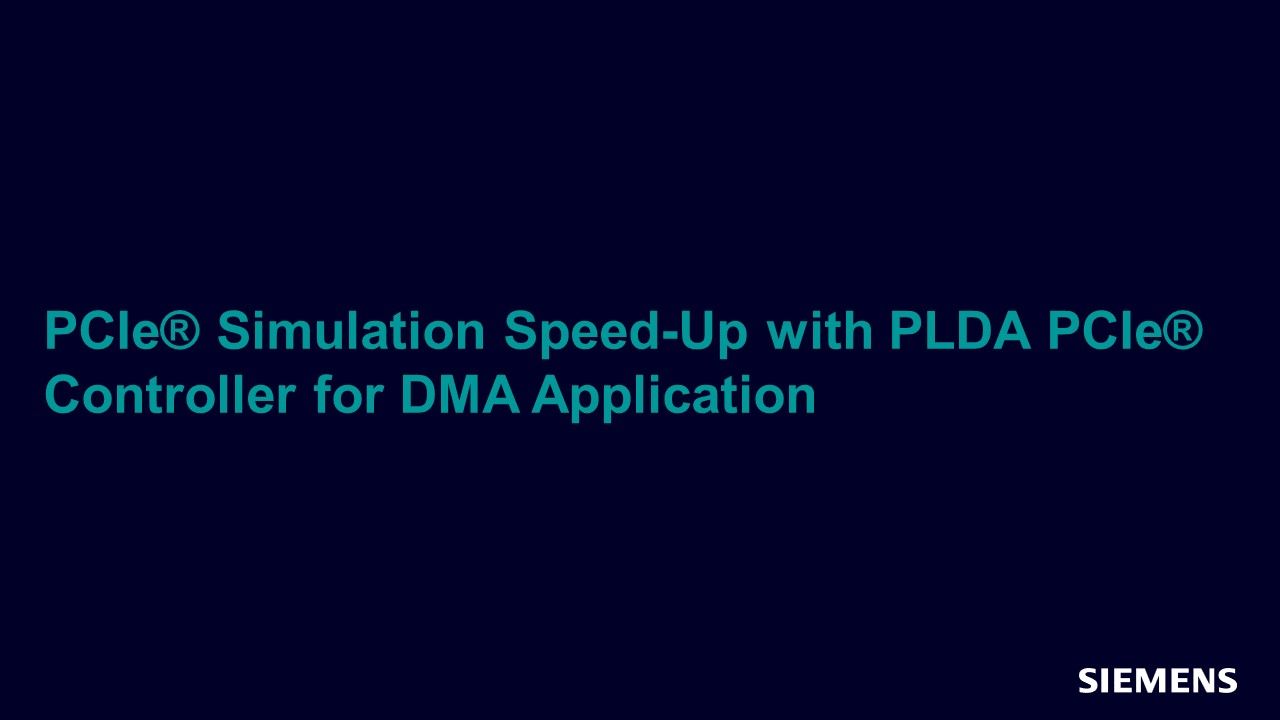PCIe® Simulation Speed-Up with PLDA PCIe® Controller for DMA Application
PCI Express® (PCIe®) is a dominant technology for hardware applications requiring high-speed connectivity between networking, storage, FPGA, and GPGPU boards to servers and desktop systems. It is a robust technology that has evolved over decades to keep up with advancements in throughput and speed for I/O connectivity for computing requirements.

Full-access members only
Register your account to view PCIe® Simulation Speed-Up with PLDA PCIe® Controller for DMA Application
Full-access members gain access to our free tools and training, including our full library of articles, recorded sessions, seminars, papers, learning tracks, in-depth verification cookbooks, and more.